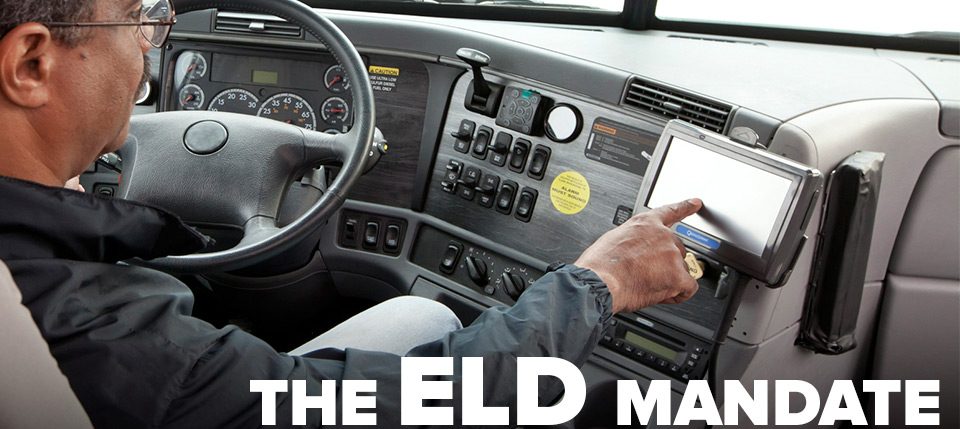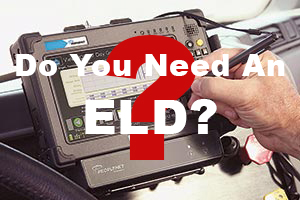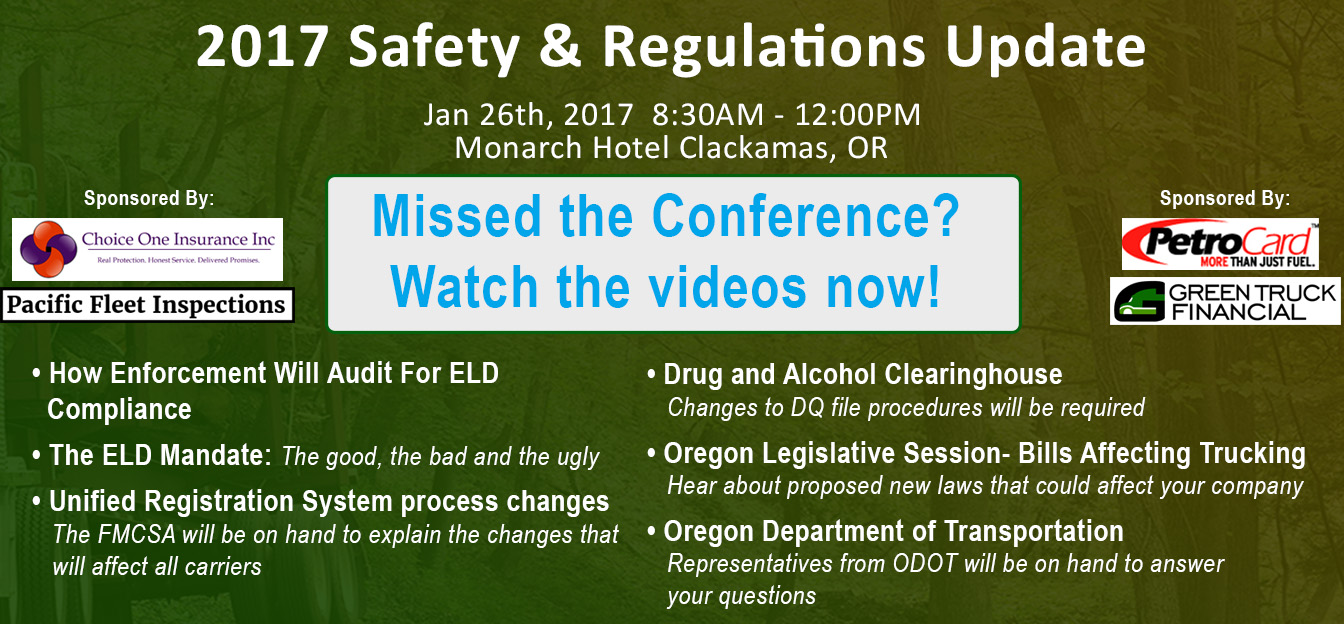
The Industry Impact Of The Electronic Logging Device
posted in Alerts by Brian Gray
The Industry Impact Of The Electronic Logging Device
December marks just 12 months until the FMCSA’s ELD mandate is scheduled to become effective. By December 2017, carriers must have drivers who are required to use a Record of Duty Status (driver log) converted to using a certified Electronic Logging Device (ELD). With the conversion to ELD’s being predicted as a dramatic, game changing event within the trucking industry, we thought it important gather as much information as possible to help carriers make the best possible decisions for their operation.
We start our informational series with an interview of industry compliance expert Dave Gray and get his perspective on how ELD’s may affect the industry:
Question: Is the ELD mandate really going happen?
Answer: Every person that I have talked with within government and industry says the mandate will happen. My belief is that too much time and money has been invested for it not to happen. Obviously, the unknown factor is how the new Administration will react. The only thing that could derail implementation of the ELD law is a change in politics. Never say never, but I think it will happen.
Question: We read articles both for and against ELD’s. The bottom line seems to come down to: Will an ELD help or hurt my business?
Answer: The short answer is yes to both. What I mean by that is implementing ELD’s will be a big change. Change is hard. For the carrier who doesn’t like change, doesn’t embrace change to squeeze out every advantage the change allows, it will hurt. For the business savvy carrier who embraces the ELD to not only accomplish hours of service compliance but squeeze out additional advantages the technology can offer, the ELD will help his business.
Question: For the carrier who doesn’t embrace the ELD, how will it hurt his business?
Answer: The most common prediction is loss of revenue by truly monitoring the amount time a driver can work. Industry experts feel a 10% loss in productivity is a very real possibility. I think the real hurt will come from elsewhere. For the ELD to be effective and in compliance, the entire system must be managed every day. That takes commitment at every level of the operation, not just the driver. Those that aren’t committed will not have internal controls necessary to maintain compliance. The lack of compliance will lead to violations. Violations will lead to high safety scores which will lead to loss of revenue through loss of contracts and increased insurance premiums. Those without the commitment will quickly become the nail that sticks out.
Question: You mentioned business savvy carriers squeezing out advantages that allow the ELD to help the business. What are those advantages?
Answer: There can be many and only limited by the creativity and commitment. For example, a business savvy carrier might promote his ELD commitment and safety record to potential clients and receive premium rates because of his record. After all, demand for quality carriers will only increase as the non-committed carriers fail. Another area is that the technology used in some ELD’s can transfer to cost savings in other required compliance areas like maintenance and tax reporting. Another area where technology can help produce dramatic cost savings is in better managing driver performance like time spent idling and speeding. Reducing the costs associated with these events will have a very positive effect on the profitability of the company.
Question: Are there other advantages?
Answer: Absolutely. An evolving major advantage will be in the area of insurance. Insurance is a huge expense for carriers. As the use of technology proves real results in improved safety, premiums will begin to reflect those results. Good results equals cheaper premiums. Bad results will equal expensive premiums making the uncommitted carrier much less profitable doing the same work.
Question: What will be a carrier’s biggest challenge implementing an ELD?
Answer: I wish there was just one. The first challenge is to determine your commitment to the technology and then buy the technology that will do what you want it to do. That can take some considerable planning. After finding the right technology comes figuring out what internal controls are needed to get the results you are looking for. Another major challenge is rolling the technology out to the drivers. It takes time to learn it and get it right. It takes constant commitment to keep it right.
Question: Where would you start if you were implementing an ELD program?
Answer: There are lots of products out there and it’s buyer beware. I would start by gathering information and determining exactly what I want in technology that fits my operation and skill set. There are many resources out there, many of them free. We can be a great resource. If we don’t know the answer, we know who to talk with to find out. Questions are always free!
choosing an eld drivers ELD transition eld eld mandate electronic logging device










